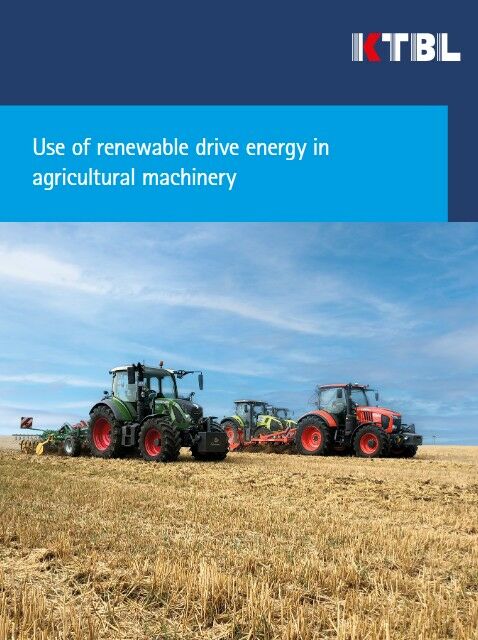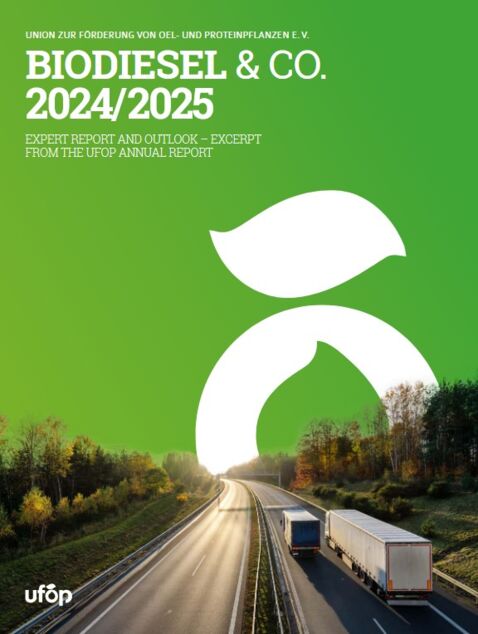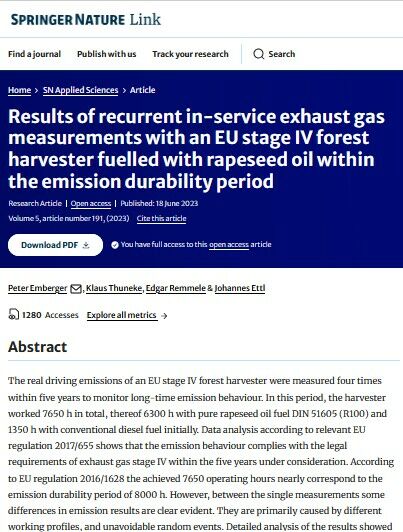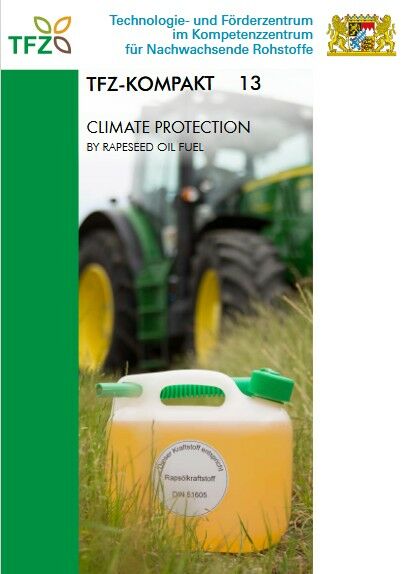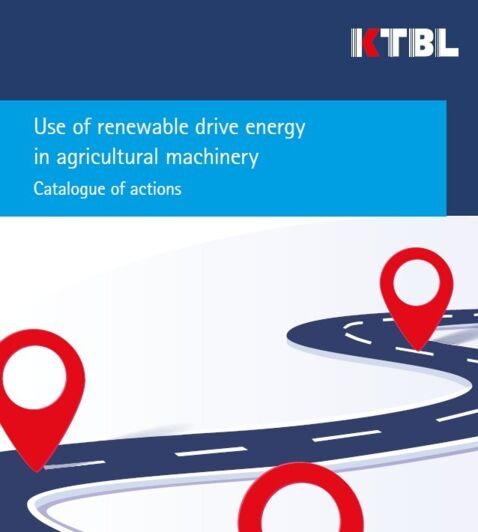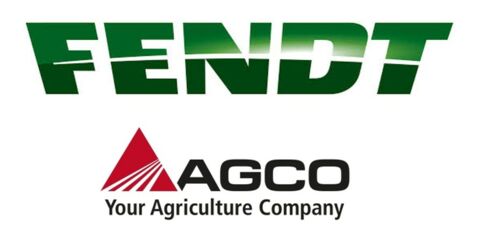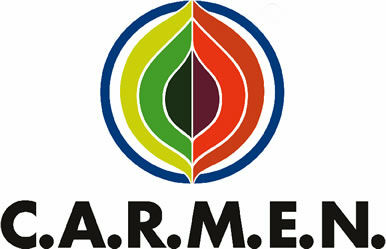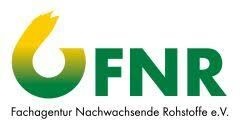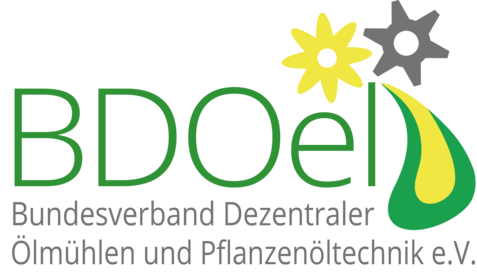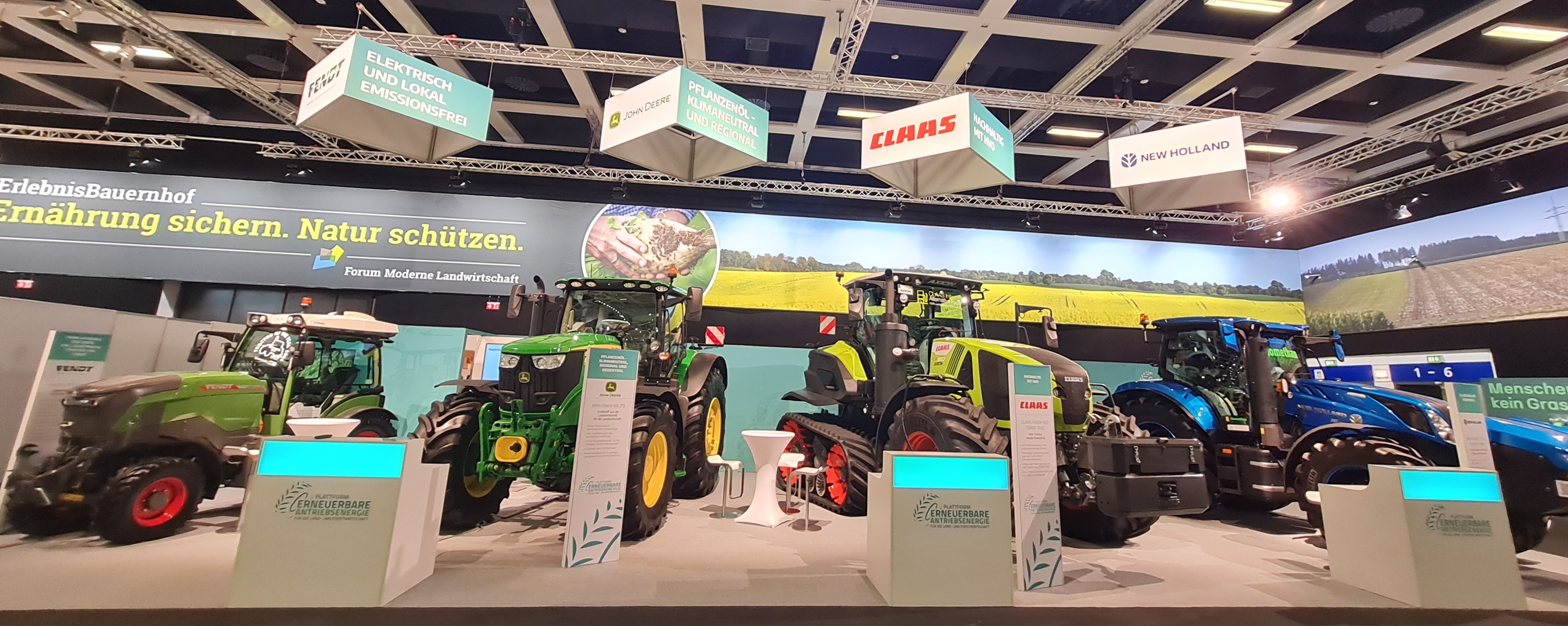
the Platform ‘Renewable drive energy for agriculture and forestry’ (PEALF)
In May 2016, associations, companies and institutions from the fields of agriculture, agricultural technology and biofuels founded the industry platform ‘Biofuels in Agriculture and Forestry’. Due to technological developments, the range of driving energies represented was expanded in 2022 (for e-mobility, other renewable fuels, hydrogen, etc.) and the association of members was renamed the ‘Renewable driving energy for agriculture and forestry’ platform.
The primary goal, however, remains the same: to provide comprehensive and neutral information on the advantages and technical aspects of using a wide range of biofuels and other renewable driving energies in agriculture and forestry.
The Platform is open for participation and engagement to all interested parties.
Public engagements
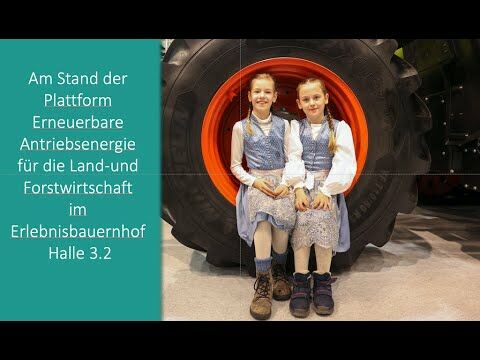

PEALF exhibited on the international Fair "GRÜNE WOCHE 2025"
The four agricultural technology companies that are members of the ‘Renewable drive energy for agriculture and forestry’ platform joined forces at Green Week 2025 to present their respective solutions:
electric drive (Fendt's e Vario 100), bio-methane (New Holland's 7.270 Methane Power), HVO100 (CLAAS' Axion 960 Terra Trac) and Rapeseed Fuel Oil (John Deere's
6 R 215).
Click here to view impressions of our stand.
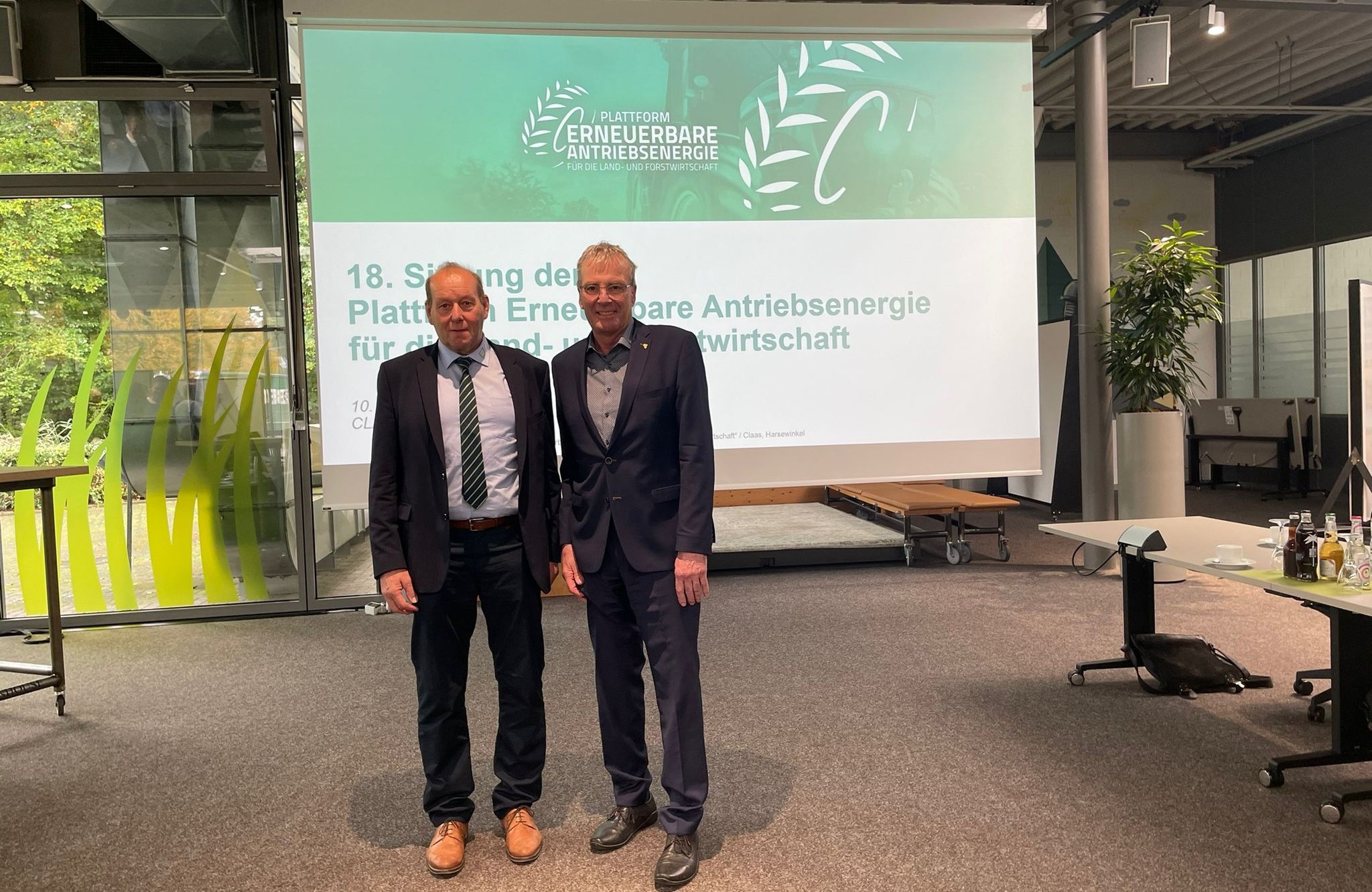
PEALF has a new chairman
As part of the autumn meeting on 10 October 2024 at CLAAS in Harsewinkel, Michael Horper, President of the Rhineland-Palatinate Chamber of Agriculture, handed over the office of Chairman of the ‘Renewable drive energy for agriculture and forestry’ platform to Klaus-Peter Lucht, President of the Schleswig-Holstein State Farmers' Association and dairy farmer.
Horper emphasised that he was looking forward to the change with confidence and a good feeling: not only did 32 people attend the meeting, more than ever before, but he was also handing over the office into the capable hands of Klaus-Peter Lucht.
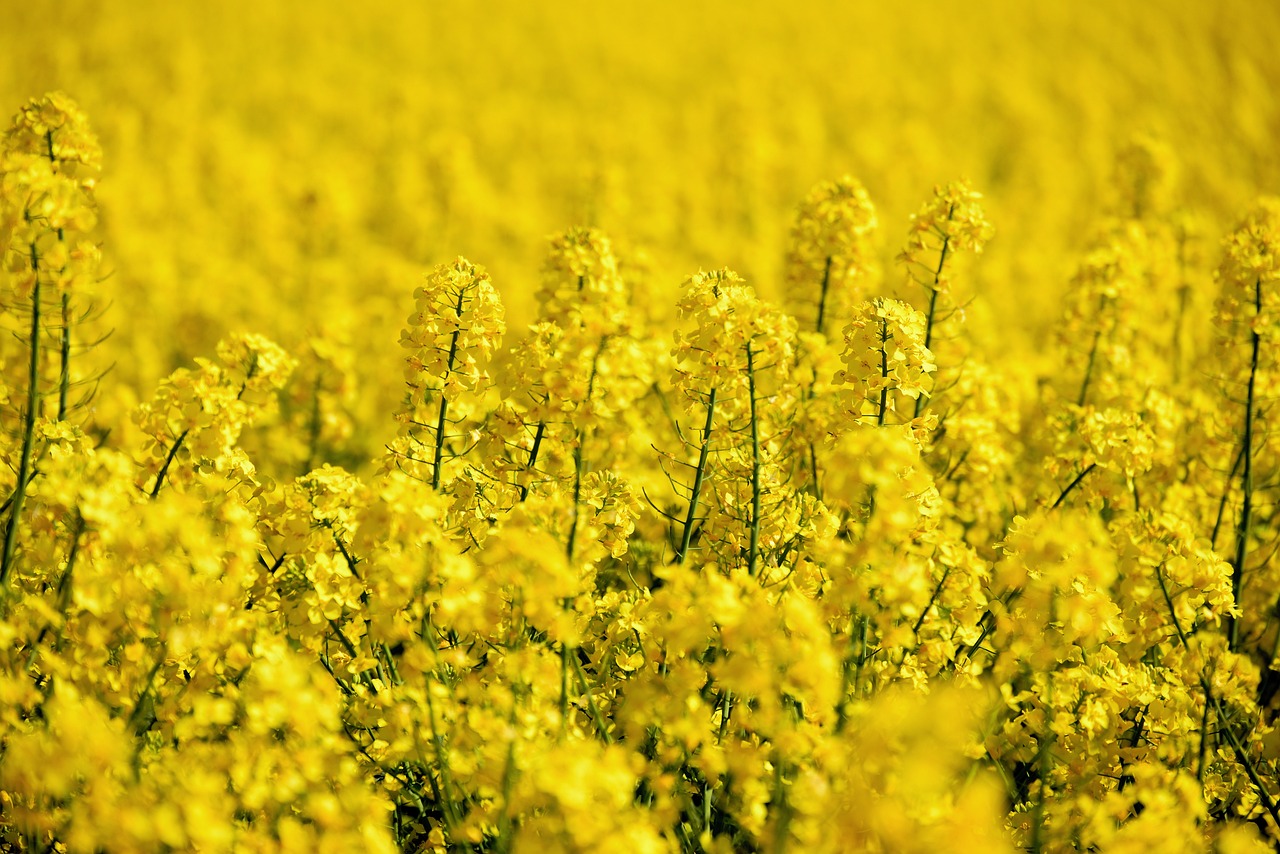
The project Trakzeptanz
The project ‘Acceptance and effects of climate-friendly drives in agriculture - TrAkzeptanz’ is developing incentive mechanisms to promote the transition to climate-friendly drives in agricultural plant production with the help of various work steps (analysis of the current situation, analysis of opportunities and risks, investigation of acceptance and purchasing motives, theoretical scenarios and practice-oriented case studies). These incentive mechanisms and the associated project results will be communicated to farmers, the agricultural machinery trade, industry, political and press representatives and the general public using suitable formats.
Relevant publications
What does Germany think about biofuels and sustainable mobility?
This brochure gives valuable insights into current data, taken national measurements and those that should be taken.
(Published Oct 2025)
(Published in 2023)
Expert report and outlook into the dynamics of Biodiesel & Co in 2024/25.
This document provides an excerpt of the German report, published by the UFOP.
(Published Sept 2025)
This distinguished essay by Dr. Benno Pichlmaier and Markus Ehrl (AGCO GmbH) provides an overview of battery electric tractor design principles.
(Published by the American Society of Agricultural and Biological Engineers in 02/ 2025)
Climate Protection by Rapeseed Fuel Oil
Evaluation of the use of Rapeseed Fuel Oil in agricultural machineries.
Measures and activities of PEALF
The Platform ‘Renewable Driving Energy for Agriculture and Forestry’ is a voluntary association of organisations, agricultural technology companies and scientific institutions that was launched in May 2016. The initiators and members have set up a central contact point (see also under Contact) to coordinate the joint measures.
The primary goal of this association is to increase the use of renewable driving energies in agriculture and forestry. In order to achieve this goal and a long-term success, the platform is focussing its activities on the following areas:
- Promoting the acceptance of the use of renewable driving energies in agriculture and forestry within the agricultural and forestry profession, the agricultural machinery industry as well as in politics, the public and society
- Promotion of the political, economic and technical framework conditions for renewable driving energies in agriculture and forestry
- Promotion of domestic biofuels in accordance with specified standards and a wide range of models of biofuel-compatible agricultural and forestry machinery.
At the same time, the platform's membership structure ensures a cross-industry alliance and intensive dialogue between the relevant trade associations and institutions, including politicians.
In order to achieve the goal of increasing the use of renewable driving energies in agriculture and forestry, the following measures are necessary and are practised within the framework of the platform:
-
Information, knowledge transfer, counselling
Gathering and spreading the knowledge and expertise by
- Working out the mutual benefits (‘win-win situation’) for those involved
- Advising farmers and foresters on the technical innovations of renewable driving energies, biofuel-compatible engines and flexible utilisation options (multifuel engines)
- Specific industry communication also for dealers and workshops as important multipliers and opinion leaders
- Providing information on the following aspects:
- Positive aspects of biofuel utilisation: protein strategy, more independence in fuel supply, regional circular economy, ethical aspects
- Existing approvals, technical application rules, fuel quality requirements, fuel sourcing options
- Results of current research and market launch projects (RapsTrak200, PraxTrak, field reports on the use of biodiesel, etc.)
- Advice for decentralised oil mills on the production of high-quality fuel in accordance with the current DIN standard
- Working out the mutual benefits (‘win-win situation’) for those involved
-
Implementation of regional initiatives
Throughout Germany, different research projects prove to become best-practice examples, ready to be copy-pasted. Thus, our intention is the
- Demonstration of renewable driving energies in the field, e.g. at state testing facilities (federal and state governments)
- Presentation of model farms that implement the regional circular economy in an exemplary manner, from cultivation to fuel production and utilisation through to the protein strategy
- Presentation of the available technologies and the platform at trade fairs and events
-
Engine technology, standardisation, quality assurance
Good is never good enough. Therefore, our partners and the Platform in general also dedicate themselves to
- Research into the (further) development, testing and demonstration of biofuel-compatible engines in line with the updating of emissions legislation
- Further development of fuel standards
- Further development of quality assurance in fuel production and supply
- Further development of e-mobility in the low-power range.
Renewable driving energies
There is no "one-Solution-fits-all"
Biofuels and the electrification of agricultural machineries are the first and, above all, currently the most effective step in terms of volume towards the necessary diversification and decarbonisation of the fuel supply in agricultural and forestry operations.
Looking at the extensive range of chores in the agriculture and the very different operational and regional framework conditions, we call for openness to technology: instead of one-sided regulations and a one-sided focus on one or a few alternatives: the solution is to promote the entire toolbox. Sustainable biofuels and green electric energy enable precisely this technological openness - they already offer tried-and-tested alternatives to fossil fuels and are a useful addition to future (further) developments such as e-mobility or hydrogen drives.
Options of renewable energies in the agricultural and forestry sectors
-
Electric Energy
The solution for lighter tasks or nearby activities
The electrification of machinery engines is already possible for lighter work tasks and is increasingly being offered by agricultural technology. The decisive factor here is the generation of electrical energy using photovoltaic, wind energy or biogas plants owned by the company or located in the immediate region in order to actually use ‘green electricity’. The energy requirements for mobile machinery in agriculture could then be reduced by around 22 to 33 % overall due to the lower losses compared to internal combustion engine drives.
-
Liquid biofuels
When the same energy density as the one from diesel is required
Liquid biofuels such as vegetable oil fuel and biodiesel, on the other hand, have an energy density similar to diesel. Therefore, these options are suitable for workloads in which the electrification is not possible due to heavier or heavy work as well as time intensive work durations. The risk of excessive production of biofuels from cultivated biomass due to demand from agriculture, which could lead to undesirable changes in land use, is very low. On the one hand, this is due to the already known consumption volumes of this sector, which are low in comparison to other transport sectors (in Germany an average of 2,000 million litres of diesel fuel). Secondly, the extensive electrification, e.g. of passenger cars, means that quantities of biofuels are expected to be available in the future that are currently used for blending and can then be refuelled specifically in the agricultural sector as pure fue
-
Paraffinic diesel fuels
Upcycling wastes and waste oils
Paraffinic diesel fuels such as HVO diesel and Fischer-Tropsch diesel from biomass (BtL) or based on electrical energy (PtL) are ideal renewable energy sources for today's diesel-powered fleet. Not only their energy density is comparable to diesel, but also the chemical composition. Thus, they can already be used in those machines officially approved by the motor producers. Most companies have already approved their stage-V-motors for the use of HVO.
New vehicles should preferably be fuelled with fuels that are readily available in the agricultural sector in order to reduce competition for paraffinic fuels and take advantage of the benefits that vegetable oil fuel and biodiesel can bring to agriculture.
-
Gas-based fuels
From waste to energy
Renewable compressed methane (CNG) and liquefied methane (LNG) are the ideal solution for farms with a biogas plant in the immediate vicinity. By adding a processing plant and a corresponding fuelling station, fuel for CNG and LNG tractors can be produced from manure, slurry and residual materials.
-
Hydrogen
The fuel of the future?
As things stand, hydrogen in combustion engines or fuel cells is not yet a preferable option for agricultural applications, as the necessary infrastructure (storage and refuelling) is too complex and cost intensive.
-
More information
Dive in deeper into profound, scientific information regarding all renewable energy options
Do you want to learn more about the options for renewable energies in the agriculture and forestry sectore?
We highly recomend the publication of the Kuratorium für Technik und Bauwesen in der Landwirtschaft e. V. (KTBL) Kuratorium, which was released in 2024. Here, you can learn more about the possibilities, requirements and eventual obstacles,- depending on the individual situation.
Get in touch with us
Do you have questions or are you interested in a collaboration?
Head of the office
Bernd Geisen
Bundesverband Bioenergie e.V. (BBE)
Maarstraße 84
D-53227 Bonn
Constanze Gohlke
Bundesverband Dezentraler Ölmühlen und Pflanzenöltechnik e.V. (BDOel)
Am Dörrenhof 13a
85131 Preith - Pollenfeld




